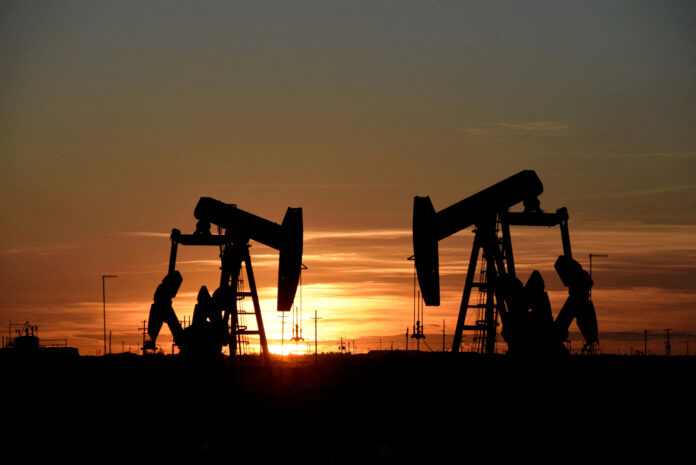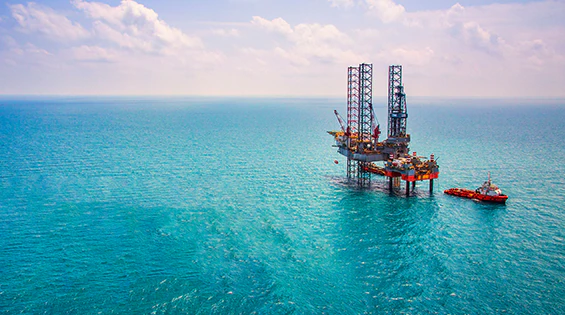
Uganda, a country with estimated recoverable oil reserves of at least 1.4 billion barrels, is moving forward with its ambitious plans to tap into its oil wealth. The Kingfisher and Tilenga oil fields, operated respectively by China National Offshore Oil Corporation (CNOOC) and TotalEnergies, are key components of a major national project. While the project is expected to bolster Uganda’s economy, it has raised environmental concerns and faced legal challenges. This article explores Uganda’s oil production efforts, the controversial East African Crude Oil Pipeline (EACOP), environmental risks, legal battles, and the government’s response.
Oil Production and Commercialization Projects
The Kingfisher and Tilenga oil fields are set to play a pivotal role in Uganda’s oil production endeavors. The Kingfisher oil field, operated by CNOOC in partnership with TotalEnergies, is projected to produce 40,000 barrels per day at its peak, while the Tilenga oil field, operated solely by TotalEnergies, aims to produce 190,000 barrels per day. These projects are part of Uganda’s comprehensive plan to utilize its crude oil resources, which involves two additional initiatives—the East African Crude Oil Pipeline (EACOP) and the Uganda refinery project.
The East African Crude Oil Pipeline

The centerpiece of Uganda’s oil commercialization strategy is the East African Crude Oil Pipeline (EACOP), an 897-mile (1,443-kilometer) heated oil pipeline. The EACOP, a joint venture between Uganda and Tanzania, will transport crude oil from Uganda’s western fields near Lake Albert to Tanzania’s Indian Ocean port of Tanga. Despite being hailed as a significant economic boon, the pipeline has sparked concerns among environmental activists and local communities.
Environmental Concerns and Legal Challenges
Opponents of the EACOP project argue that it poses serious risks to the environment and ecosystems. Some oil wells are slated to be drilled within Uganda’s Murchison Falls National Park, home to a diverse range of wildlife. Additionally, the pipeline’s route passes through forest reserves, game parks, and alongside Lake Victoria, a crucial source of fresh water for millions of people. Environmental groups have filed legal cases against TotalEnergies, alleging violations of land and food rights, as well as non-compliance with France’s “duty of vigilance” law.
Government’s Response and Sustainable Development
Gloria Sebikari, corporate affairs manager at the Petroleum Authority of Uganda, asserts that the government and project partners have taken steps to address environmental concerns and ensure sustainable development. They emphasize that the allegations raised by activists are either based on misinformation or deliberate disinformation. The government aims to improve the livelihoods of communities affected by the projects and emphasizes the use of state-of-the-art designs and waste management systems to mitigate potential risks.
Resolution of Cross-Border Tensions
Uganda’s oil production plans have raised concerns about potential tensions with neighboring Democratic Republic of Congo (DRC) due to the close proximity of Lake Albert to the border. The Petroleum Authority of Uganda highlights that there have been no claims from the DRC so far, and mechanisms are in place to address any issues that may arise. Negotiation and collaboration between the countries will be crucial in finding mutually beneficial solutions.
As Uganda progresses toward oil production, it faces a delicate balancing act between economic development, environmental protection, and addressing local and international concerns. The Kingfisher and Tilenga oil fields, along with the East African Crude Oil Pipeline, represent significant steps towards commercializing Uganda’s oil reserves. However, environmental risks and legal battles underscore the challenges associated with such large-scale projects. The government’s commitment to sustainability

